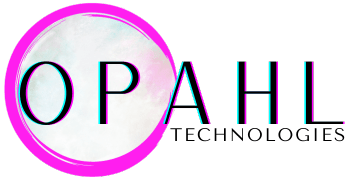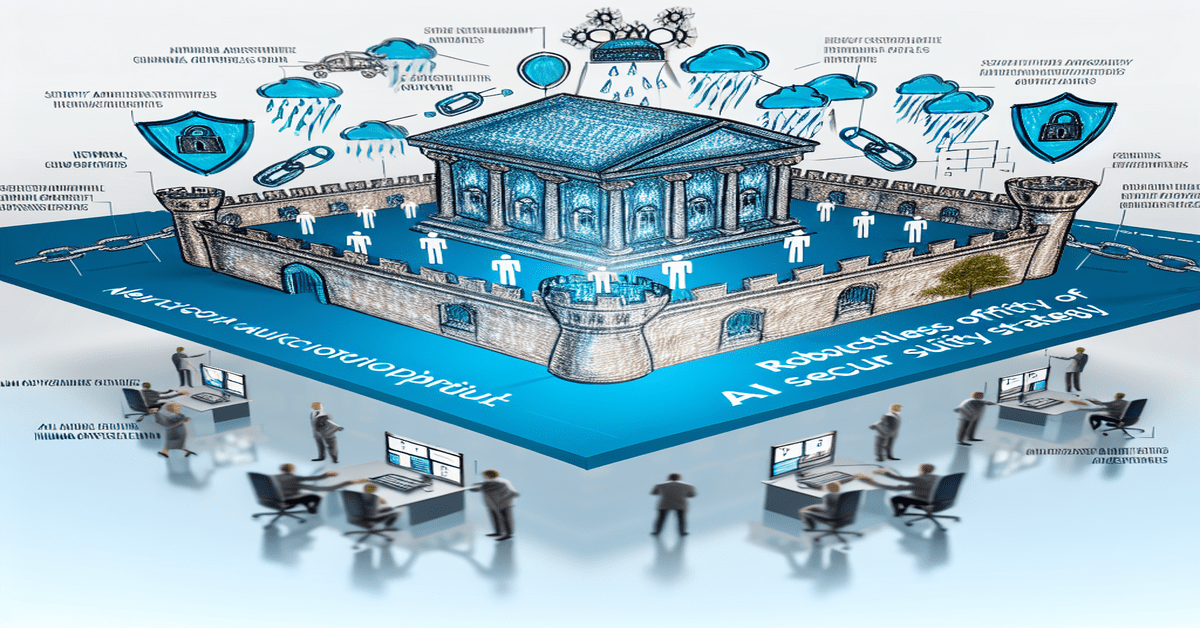Securing the Future: Navigating the Complex Landscape of AI Security
In the rapidly evolving world of artificial intelligence (AI), organizations are eagerly embracing the transformative potential of this technology. However, as AI becomes increasingly integrated into our systems and processes, it is crucial to recognize and address the unique security challenges that come with it. In his insightful article, “3 tips to building a robust AI security strategy,” Anton Chuvakin, security advisor at Google Cloud, provides valuable guidance on how organizations can effectively secure their AI systems. Let’s dive deeper into these tips and explore their implications for the industry.
Building Guardrails for Secure and Compliant AI
One of the fundamental steps in establishing a robust AI security strategy is to build guardrails that ensure secure and compliant AI practices. Chuvakin emphasizes the importance of using existing risk and governance frameworks as a foundation for developing AI-specific guardrails. By leveraging these established frameworks, organizations can adapt and refine their security policies to address the unique risks associated with AI.
Security teams play a vital role in this process. They must proactively review and update existing security policies to accommodate the new threat vectors introduced by generative AI. This includes identifying potential vulnerabilities, assessing the impact of AI on data privacy and security, and implementing appropriate safeguards. Additionally, security teams should prioritize updating training programs to keep pace with the rapid advancements in AI capabilities, ensuring that personnel are equipped with the knowledge and skills necessary to securely handle AI systems.
While AI offers incredible potential for automation and efficiency, it is essential to recognize the importance of **human oversight**. Establishing effective frameworks that involve human supervision and intervention can help mitigate risks and promote responsible AI use. Organizations must strike a balance between leveraging AI’s capabilities and maintaining appropriate human control and accountability.
Prioritizing Security Architecture and Technical Controls
To effectively secure AI systems, organizations must prioritize security architecture and employ robust technical controls. Chuvakin recommends using the infrastructure/application/model/data approach to bolster security measures. This comprehensive approach encompasses various aspects of the AI ecosystem, from the underlying infrastructure to the models and data used.
Traditional security measures, such as network and endpoint controls, remain crucial in protecting AI systems. Organizations should ensure that their infrastructure is properly secured and regularly updated to address vulnerabilities throughout the AI supply chain. This includes implementing secure development practices, such as code reviews and vulnerability assessments, to identify and mitigate potential weaknesses in the AI development process.
Moreover, organizations must focus on **training models** to resist adversarial attacks. Adversarial examples, carefully crafted inputs designed to deceive AI models, pose a significant threat to the integrity and reliability of AI systems. By incorporating adversarial training techniques and robustness measures, organizations can enhance the resilience of their AI models against such attacks.
Another critical aspect of AI security is detecting and mitigating bias in training data. Biased or unrepresentative data can lead to discriminatory or unfair outcomes, undermining the trust and credibility of AI systems. Organizations should implement rigorous data validation processes, conduct regular audits, and employ techniques like data augmentation and fairness constraints to mitigate bias and ensure the ethical use of AI.
Expanding Security Strategies to Shield AI from Cyber Threats
As AI becomes more prevalent, it is crucial for organizations to expand their security strategies to shield AI systems from evolving cyber threats. Understanding the unique risks associated with AI is the first step in building strong and resilient defenses.
Chuvakin highlights several key threats to AI systems, including attacks on prompts, training data theft, model manipulation, and data poisoning. These threats underscore the importance of implementing comprehensive security measures to safeguard AI systems throughout their lifecycle.
Organizations should explore the potential of using AI itself for security purposes. AI-powered threat detection and response initiatives can help identify and mitigate security incidents more efficiently and effectively. By leveraging the power of AI, organizations can enhance their overall security posture and stay ahead of emerging threats.
However, relying solely on AI for security is not enough. Organizations must also develop a comprehensive **incident response plan** that specifically addresses AI-related issues. This plan should outline clear protocols for detecting, containing, and eradicating security incidents involving AI systems. Regular testing and updating of the incident response plan are essential to ensure its effectiveness in the face of evolving threats.
Balancing the Benefits and Risks of AI
AI has the potential to revolutionize industries, drive innovation, and unlock new opportunities. However, as we embrace the benefits of AI, we must also be mindful of the risks and challenges that come with it. Building a robust AI security strategy requires a proactive and holistic approach that encompasses governance, technical controls, and continuous monitoring.
By following the tips outlined by Anton Chuvakin, organizations can navigate the complex landscape of AI security and ensure the secure and compliant deployment of AI systems. It is essential to foster a culture of security awareness and collaboration, where security teams work closely with AI developers and stakeholders to embed security considerations throughout the AI lifecycle.
As the AI landscape continues to evolve, organizations must remain vigilant and adaptable. Staying informed about the latest security best practices, industry trends, and emerging threats is crucial to maintaining a strong AI security posture. By prioritizing security and investing in the necessary measures, organizations can harness the transformative power of AI while mitigating risks and building trust with their stakeholders.
#AISecurity #SecureAI #ResponsibleAI
Take action now to secure your organization’s AI future. Engage with our expert team to develop a tailored AI security strategy that aligns with your business goals and ensures the secure and compliant deployment of AI systems.
-> Original article and inspiration provided by Matt Kapko
-> Connect with one of our AI Strategists today at Opahl Technologies


